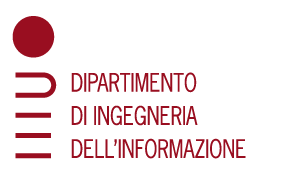Submitted by admin on
Giulio Tononi is a psychiatrist and neuroscientist in Madison, Wisconsin, whose work focuses on the function of sleep and the nature of consciousness. Together with his collaborators, he has been developing and testing a comprehensive hypothesis on the function of sleep, the synaptic homeostasis hypothesis. Research on consciousness has led to the integrated information theory, which tries to account for what consciousness is, how it can be measured, and how it is realized in the brain.
Neuroscience has made great progress in relating the behavioral and neural correlates of consciousness. Yet it has proven hard to establish which neural structures and modes of activity are necessary and sufficient for being conscious. Moreover, empirical studies are inadequate to assess the presence and quality of consciousness in difficult cases, such as certain unresponsive patients, newborn infants, animals with behaviors and brains unlike ours, or machines that approximate our cognitive abilities. To make headway, empirical studies must be complemented by a fundamental theory of what consciousness is and what it takes to have it. Integrated information theory (IIT) starts from the essential properties of consciousness and translates them into requirements that any physical system must satisfy to be conscious. It goes on to show that the physical substrate of consciousness (PSC) must be a maximum of intrinsic, irreducible cause-effect power, and provides a calculus to d etermine, in principle, both the quality and the quantity of an experience. Applied to the brain, the principles of IIT imply that the PSC is constituted of those neural elements that together compose a maximum of intrinsic cause-effect power, and that such maximum can shrink, move, split and disintegrate depending on various anatomical and physiological parameters. Similarly, IIT predicts that the spatial grain of the neural elements constituting the PSC, the temporal grain at which they do so, and the relevant neural states, are again those that maximize intrinsic cause-effect power. These predictions are in principle testable with stimulation and recording experiments at the systems and cellular levels. The theory can explain parsimoniously many known facts about the relationship between consciousness and the brain, including its association with certain cortical structures, its breakdown in deep sleep, anesthesia and seizures, and its return in dreams. It has also motivated the development of promising new tests for the practical assessment of consciousness in non-communicative subjects. Finally, the theory implies that intelligence and consciousness can be dissociated. For example, a computer/robot capable of replicating all the functions of a human, or even simulating in detail the working of a human brain, would be functionally equivalent yet remain completely unconscious.






